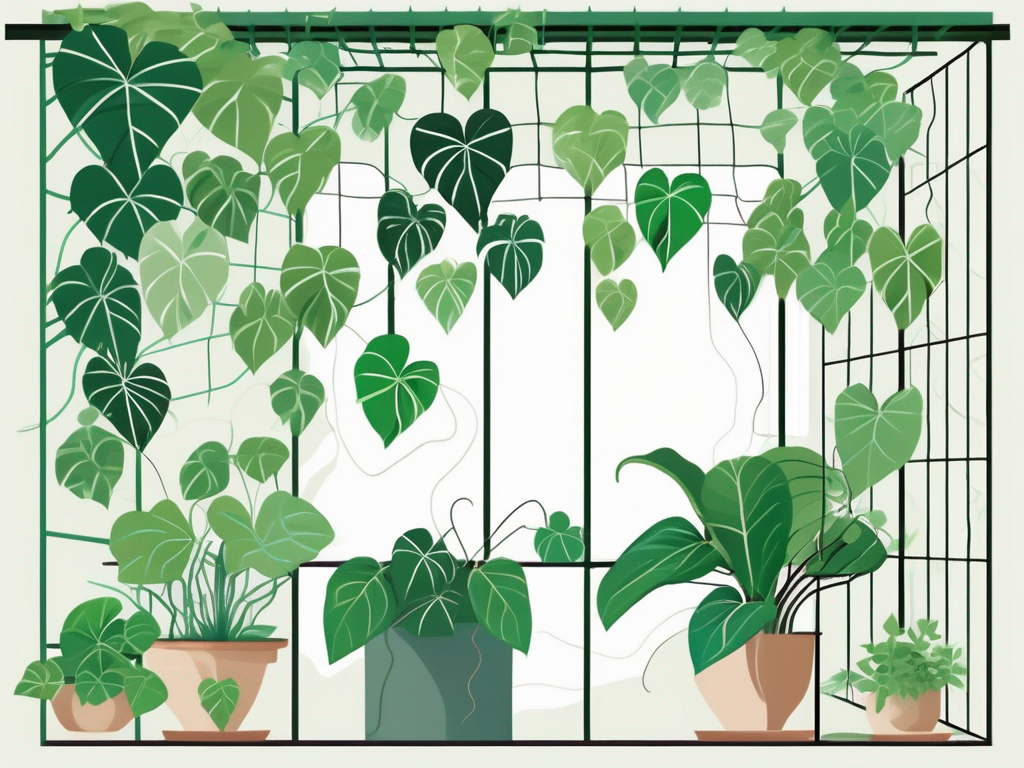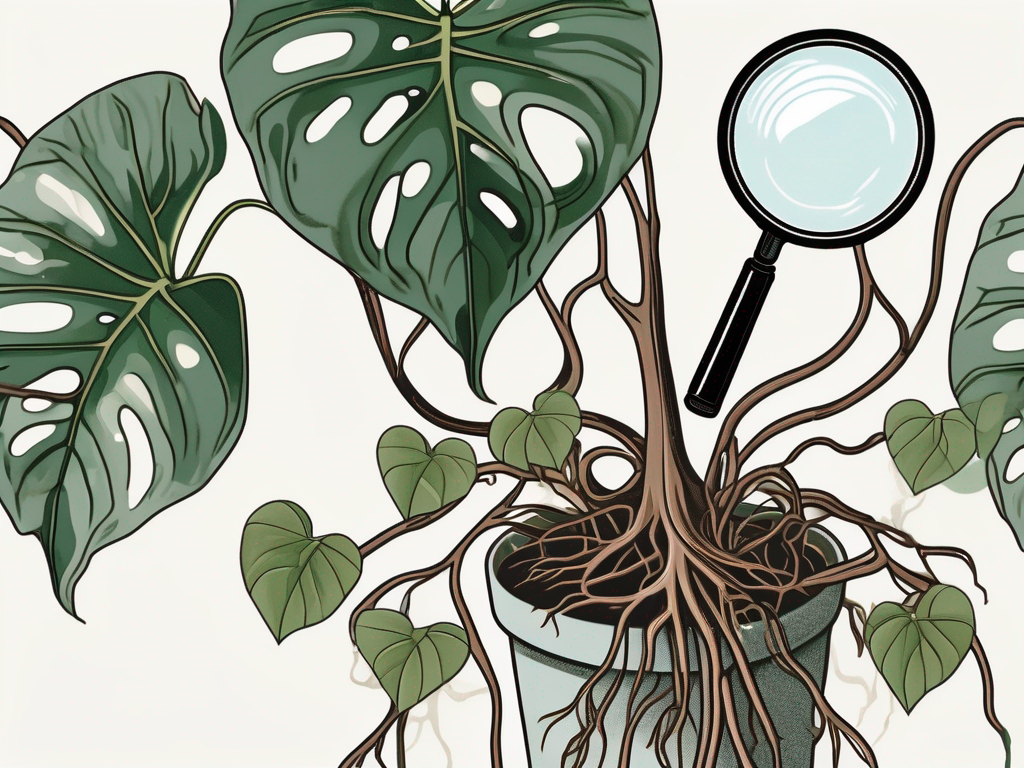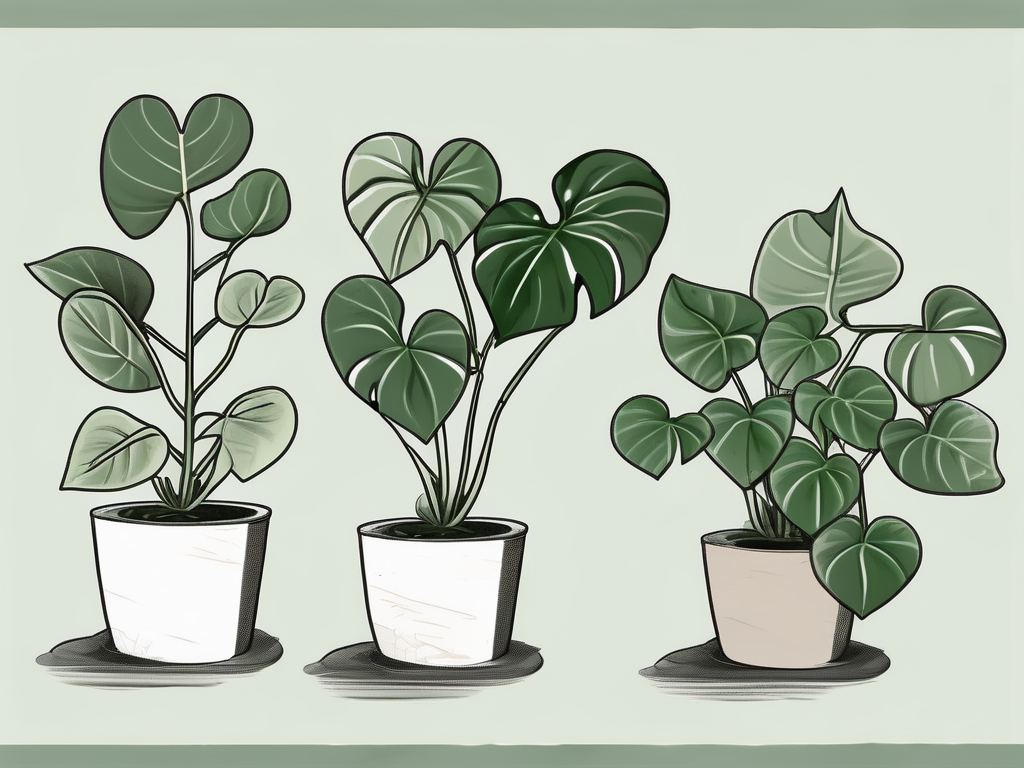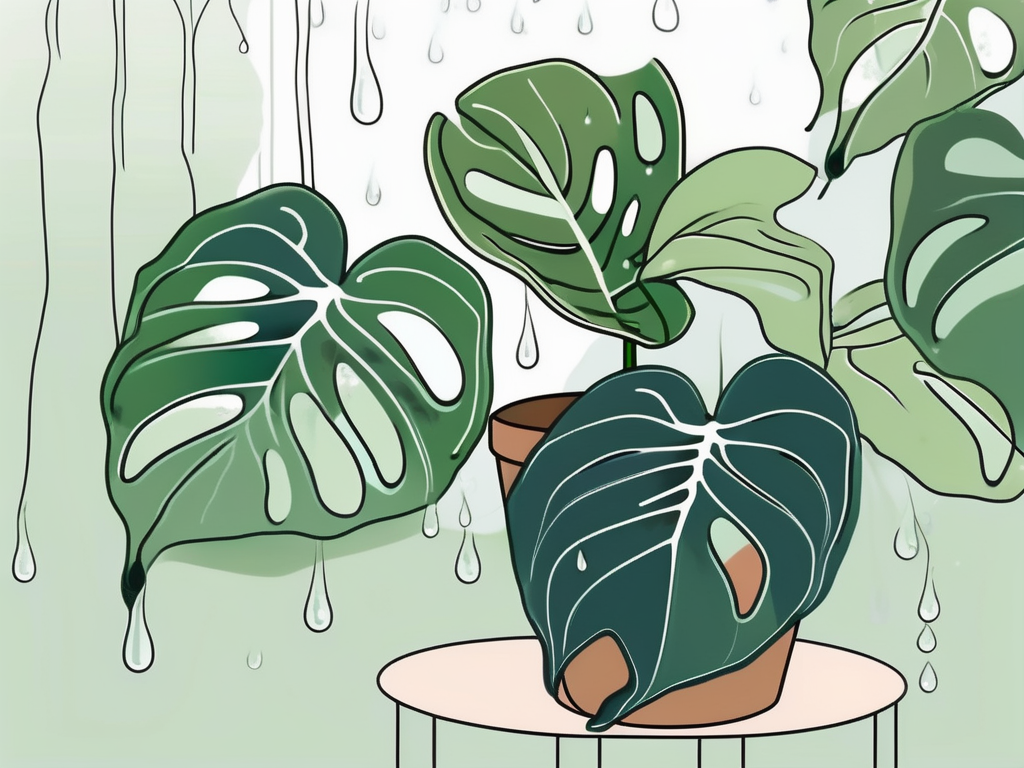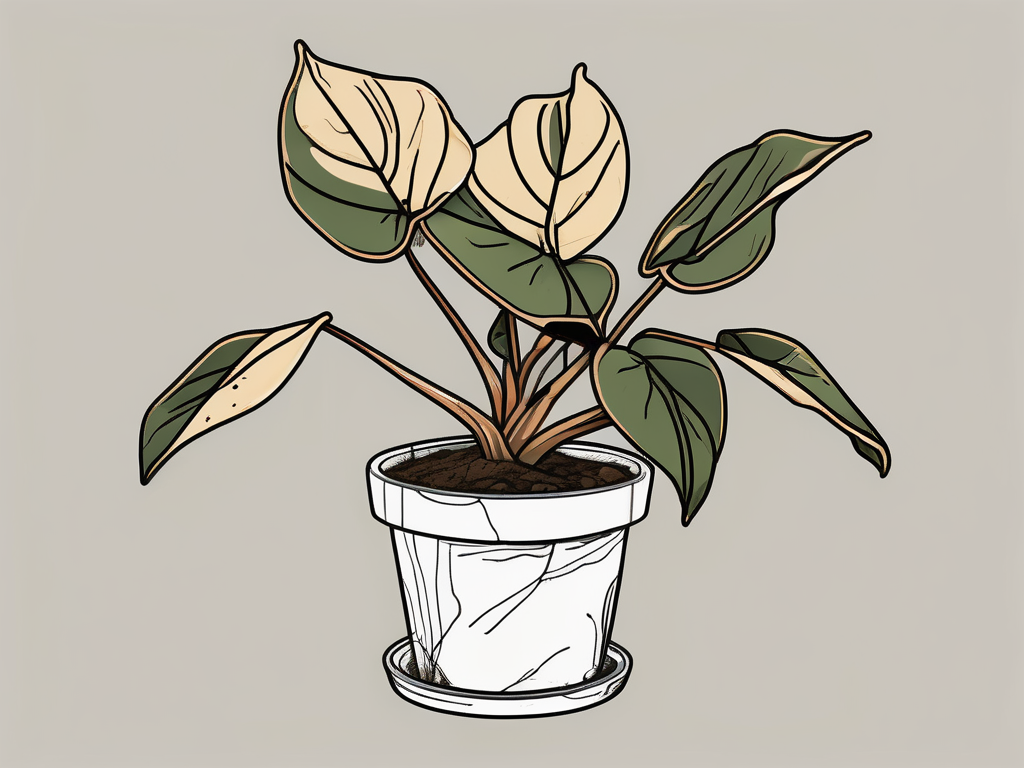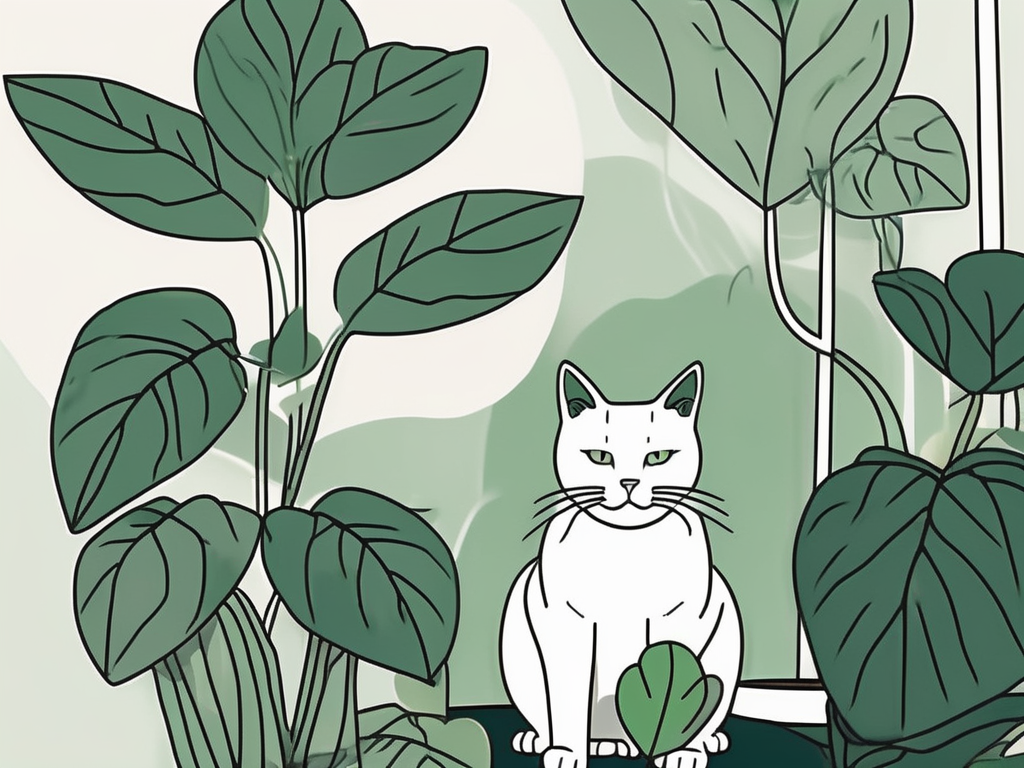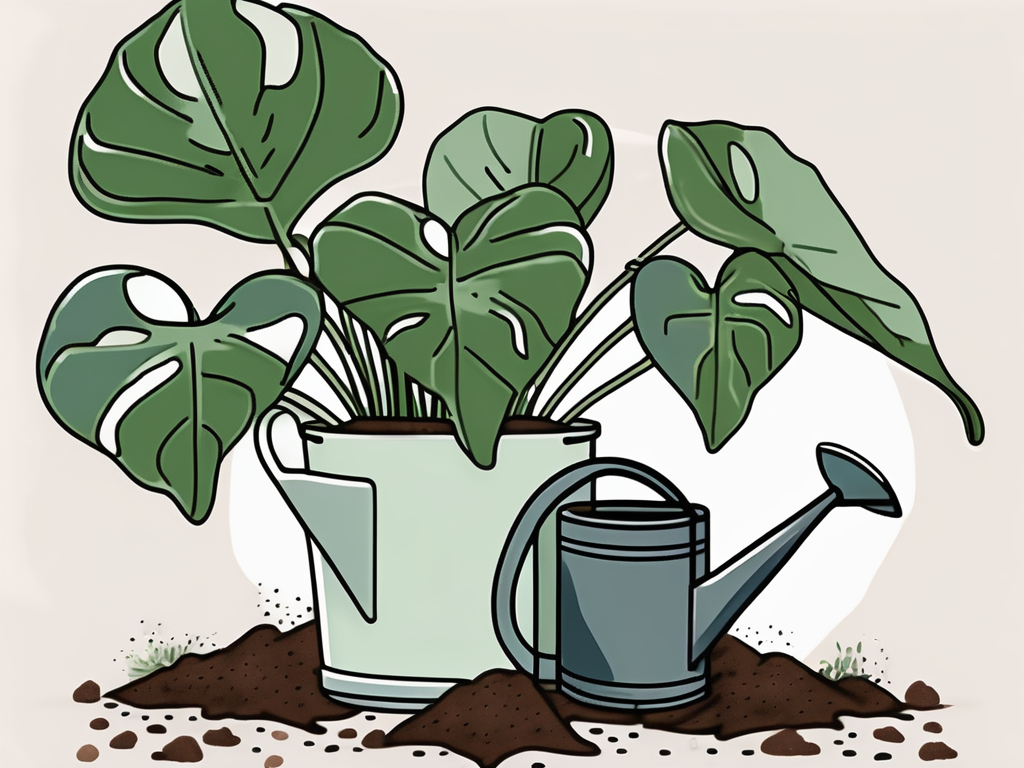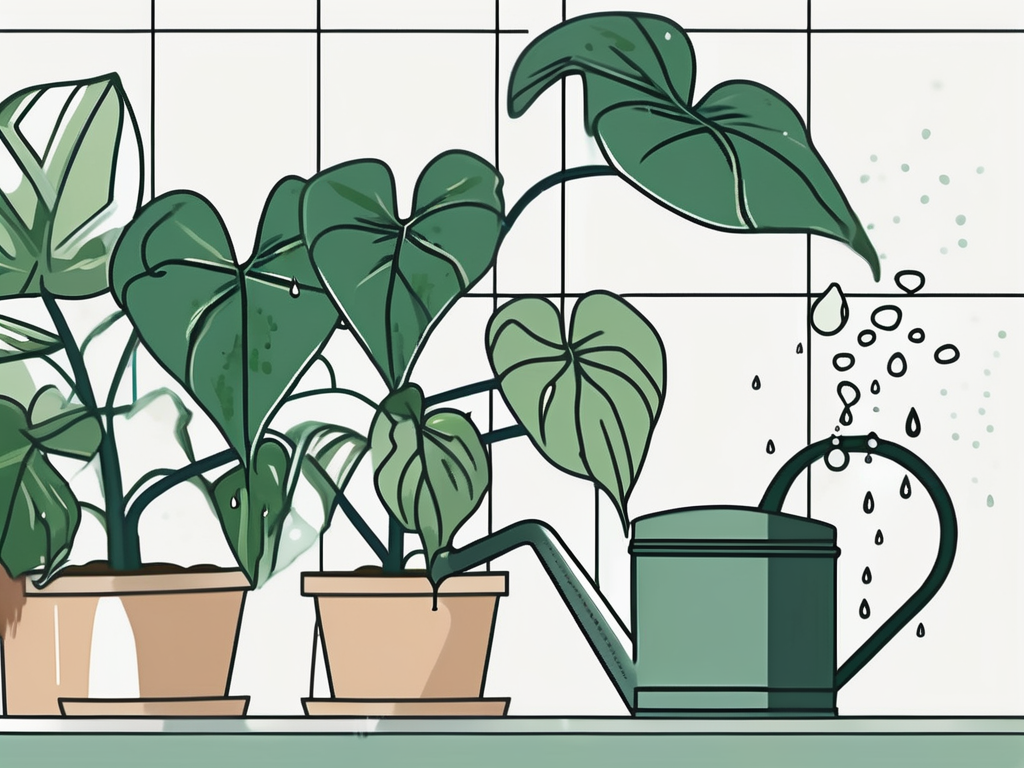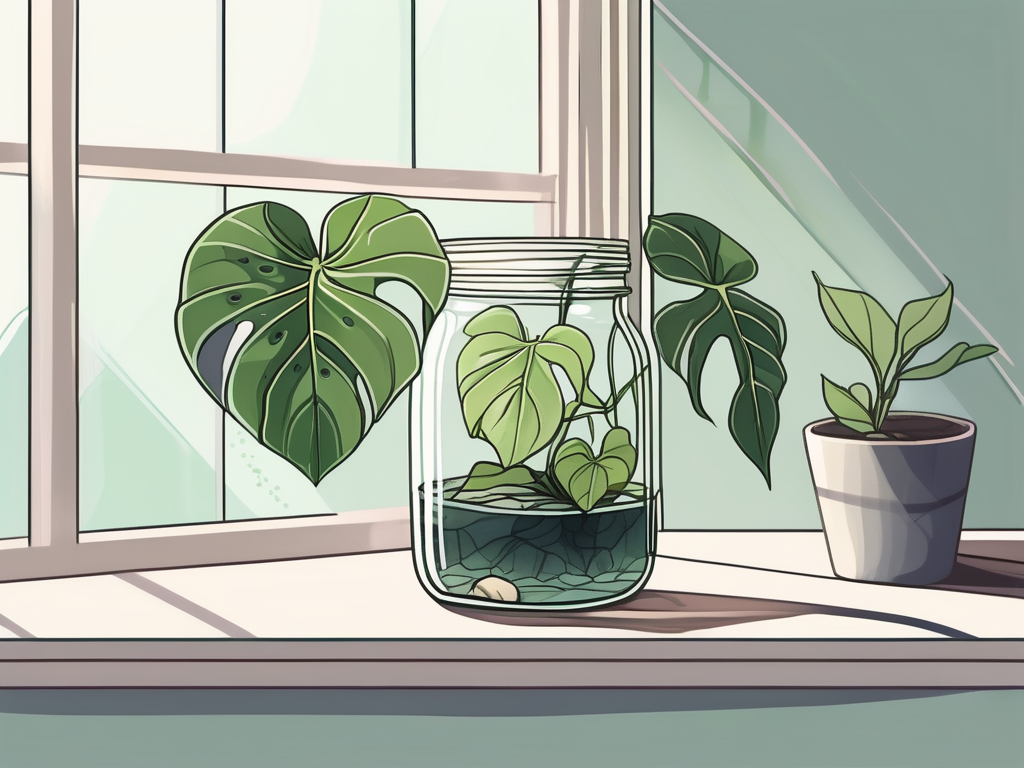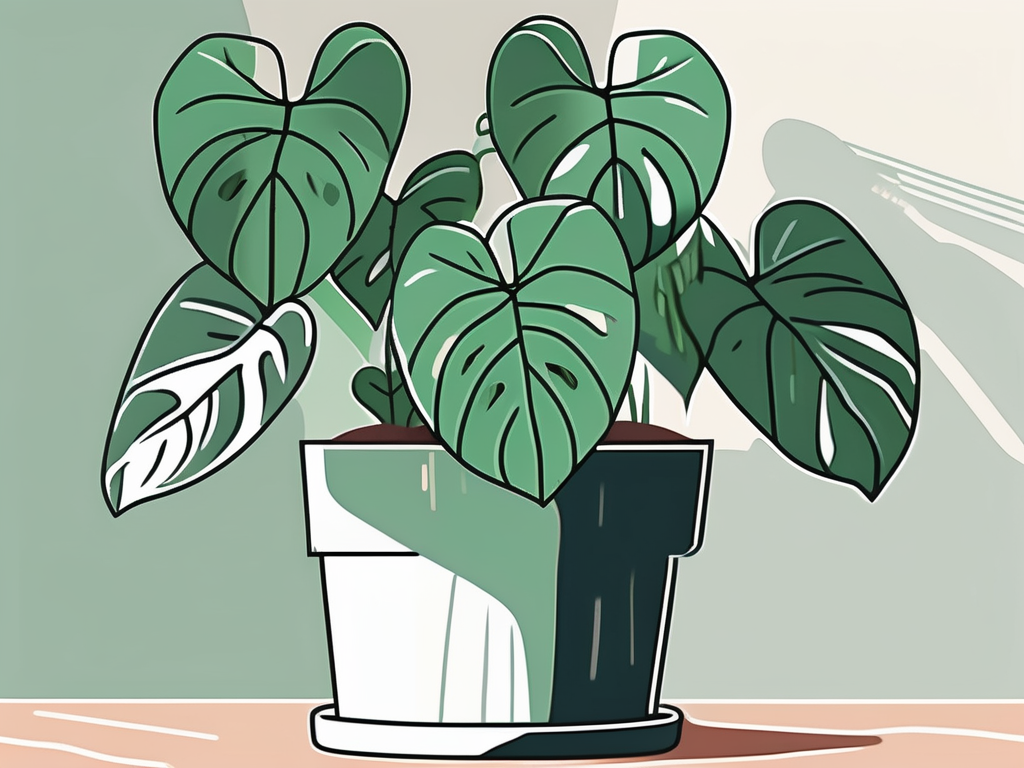
Heartleaf Philodendron, with its charming, heart-shaped leaves and easy-going nature, is a favorite among plant lovers. Its lush greenery can bring a touch of nature into any home, making it a perfect addition for anyone looking to add a bit of life to their space.
In this article, we'll go through everything you need to know about taking care of your Heartleaf Philodendron. From watering and light conditions to soil preferences and dealing with pests, we've got you covered. Let's embark on this green journey together!
The Basics of Heartleaf Philodendron
The Heartleaf Philodendron, scientifically known as Philodendron hederaceum, is a native of the tropical regions of Central and South America. This plant thrives in warm and humid environments, which makes it an ideal indoor plant. Its heart-shaped leaves can vary in size and color, offering a beautiful display of green hues in your home.
One of the reasons many plant parents love the Heartleaf Philodendron is because of its forgiving nature. It's not fussy about its care, making it an excellent choice for both beginners and seasoned plant lovers. Whether you have a sunny window or a dim corner, this plant can adapt quite well, although it does have its preferences.
In addition to its aesthetic appeal, the Heartleaf Philodendron is also known for its air-purifying abilities. It helps remove toxins from the air, offering a healthier living environment. With a bit of attention and the right conditions, your Heartleaf Philodendron can thrive and enhance your indoor space.
Choosing the Right Spot
Finding the perfect spot for your Heartleaf Philodendron can make a big difference in its growth and overall health. While it's a tough plant that can survive in less-than-ideal conditions, giving it the right environment will help it flourish.
Heartleaf Philodendrons prefer bright, indirect light. They're quite versatile and can adapt to lower light conditions, but too much direct sunlight can scorch their leaves. If you notice the leaves turning yellow, it might be a sign of too much light. On the flip side, if the leaves are small and the plant seems leggy, it might not be getting enough light.
Here are a few tips to help you choose the best spot:
- Place it near a north or east-facing window for ample indirect light.
- If you have a south or west-facing window, keep it a few feet away to avoid direct sunlight.
- In rooms with low light, consider supplementing with a grow light if the plant seems to struggle.
Remember, the Heartleaf Philodendron is quite adaptable. If you're unsure about the spot, give it a try and observe how the plant responds. You can always move it to a different location if needed.
Watering Wisely
Watering is a crucial part of plant care, and getting it right can sometimes feel like a delicate balancing act. Luckily, the Heartleaf Philodendron is forgiving if you occasionally miss the mark. Still, understanding its watering needs will help keep your plant happy and healthy.
These plants prefer their soil to dry out a bit between waterings. Overwatering is a common mistake and can lead to root rot, so it's essential to let the top inch of the soil dry out before watering again. A good rule of thumb is to water when the top 1-2 inches of soil are dry to the touch.
Here's a simple watering guide:
- Use a pot with drainage holes to prevent water from sitting at the bottom.
- Check the soil moisture by sticking your finger into the soil. If it's dry up to your first knuckle, it's time to water.
- Water thoroughly until you see a trickle from the drainage holes, ensuring the root ball is well hydrated.
- In winter, when growth slows, reduce watering frequency.
Keep in mind that factors like humidity, light, and temperature can affect how quickly the soil dries out. Adjust your watering schedule accordingly, and remember, it's always better to underwater than overwater.
Soil and Potting Mix
Choosing the right soil is another important aspect of caring for your Heartleaf Philodendron. The goal is to provide a well-draining mix that retains some moisture but doesn’t stay soggy. A light, airy soil mix is ideal for ensuring the roots have access to oxygen while also preventing root rot.
While you can buy pre-made mixes, creating your own allows you to tailor it specifically to your plant's needs. Here's a simple recipe for a great Philodendron mix:
- 2 parts potting soil
- 1 part perlite or pumice for drainage
- 1 part peat moss or coco coir for moisture retention
When it comes to repotting, you'll know it's time when the plant becomes root-bound or when it's been in the same pot for a couple of years. Choose a pot that's one size larger and ensure it has drainage holes. Repotting is best done in the growing season, typically spring or early summer.
Be gentle with the roots during repotting, and avoid burying the plant too deep. After repotting, give your Philodendron a good drink of water and place it back in its happy spot.
Humidity and Temperature
Being a tropical plant, the Heartleaf Philodendron thrives in warm and humid conditions. While it's pretty adaptable, providing it with an environment similar to its natural habitat can encourage lush growth and vibrant foliage.
These plants prefer temperatures between 65-80°F (18-27°C). They can tolerate slightly cooler conditions but should be kept away from drafts and sudden temperature changes. If you notice the leaves curling or browning at the edges, it might be a sign that the plant is too cold or too dry.
Humidity is also important, and while the Heartleaf Philodendron can handle average home humidity levels, it will thrive with a bit more moisture in the air. Here are a few ways to increase humidity around your plant:
- Group plants together to create a microclimate with higher humidity.
- Place a tray of water with pebbles under the pot to increase ambient humidity.
- Use a humidifier in the room where the plant is located.
Remember, while extra humidity is beneficial, good airflow is equally important to prevent fungal issues. Make sure your plant has space around it for air to circulate freely.
Feeding Your Plant
Fertilizing your Heartleaf Philodendron can give it the nutrients it needs to grow strong and healthy. While they're not heavy feeders, a little extra boost during the growing season can make a noticeable difference.
During spring and summer, when the plant is actively growing, you can fertilize every 4-6 weeks. Use a balanced, water-soluble fertilizer diluted to half strength. Over-fertilizing can lead to salt build-up in the soil, which can harm the plant, so it's always better to err on the side of caution.
In fall and winter, when growth naturally slows, you can reduce or even stop fertilizing. The plant won't be using as many nutrients during this time, and it's a good opportunity to let it rest.
Here are a few feeding tips:
- Always water the plant thoroughly before applying fertilizer to avoid root burn.
- Choose a fertilizer with a balanced N-P-K ratio, such as 10-10-10 or 20-20-20.
- Consider using organic fertilizers like compost or worm castings for a more natural approach.
By feeding your Heartleaf Philodendron appropriately, you'll support its growth and help it maintain its vibrant green leaves.
Pruning Tips
Pruning your Heartleaf Philodendron not only keeps it looking its best but also encourages healthier growth. Regular trimming can help you manage its size, shape, and overall appearance, making it a more attractive addition to your home.
Pruning is a straightforward process, and you don't need to be an expert to do it right. Here's a simple guide:
- Use clean, sharp scissors or pruning shears to prevent injury to the plant.
- Trim back any leggy growth to encourage bushier growth.
- Remove any yellow, damaged, or dead leaves to keep the plant looking tidy.
- Cut just above a leaf node to encourage new growth from that point.
If you want to propagate your plant, save the cuttings! Heartleaf Philodendrons are easy to propagate in water or soil, allowing you to create new plants from your prunings.
Regular pruning not only enhances the plant's appearance but also promotes better airflow and reduces the risk of disease. It's a win-win for both you and your plant!
Dealing with Pests and Problems
Even the hardiest plants can face pest problems from time to time. While the Heartleaf Philodendron is relatively resilient, it's not immune to pests like spider mites, aphids, or mealybugs.
Regularly inspecting your plant can help you catch any issues early, making treatment much easier. If you notice any signs of pests, like webbing, sticky residue, or visible insects, take action promptly.
Here are some steps to tackle common pest problems:
- Isolate the affected plant to prevent pests from spreading to other plants.
- Use a gentle stream of water to wash off pests from the leaves.
- Apply insecticidal soap or neem oil to the affected areas, following the product instructions.
- Keep the plant well-hydrated and stress-free to reduce susceptibility to pests.
Besides pests, the Heartleaf Philodendron can also face issues like yellowing leaves or brown spots. These symptoms often relate to watering, light, or nutrient imbalances. Observing your plant's overall condition and adjusting its care routine can often resolve these problems.
Incorporating Philodendrons in Your Home Decor
One of the joys of having a Heartleaf Philodendron is its versatility in home decor. Its trailing vines and vibrant leaves can complement many styles, from modern minimalism to cozy boho chic. Whether you're looking to fill a corner or add a touch of green to a shelf, this plant can do it all.
Here are some creative ways to incorporate Heartleaf Philodendrons into your decor:
- Hanging Planters: Let the vines spill over the edges for a cascading effect.
- Shelves and Bookcases: Use the plant to add visual interest among books or other decorative items.
- Plant Stands: Elevate the plant to create a focal point in a room.
- Macrame Hangers: Pair with a handmade macrame hanger for a bohemian touch.
With its adaptability and lush foliage, the Heartleaf Philodendron can transform any space into a green oasis, bringing nature indoors with style and grace. Whether you have a small apartment or a spacious house, there's always room for a bit more greenery.
Final Thoughts
The Heartleaf Philodendron is a delightful plant that’s both easy to care for and visually appealing. By understanding its needs and providing the right conditions, you can enjoy a thriving plant that enhances your home with its lush greenery.
At Cafe Planta, we love helping people find the perfect plants for their homes. We offer a wide range of houseplants, including the Heartleaf Philodendron, as well as plant care accessories and plant-themed apparel. If you have any questions, feel free to email us or reach out on Instagram. Let's bring more greenery into our lives together!















